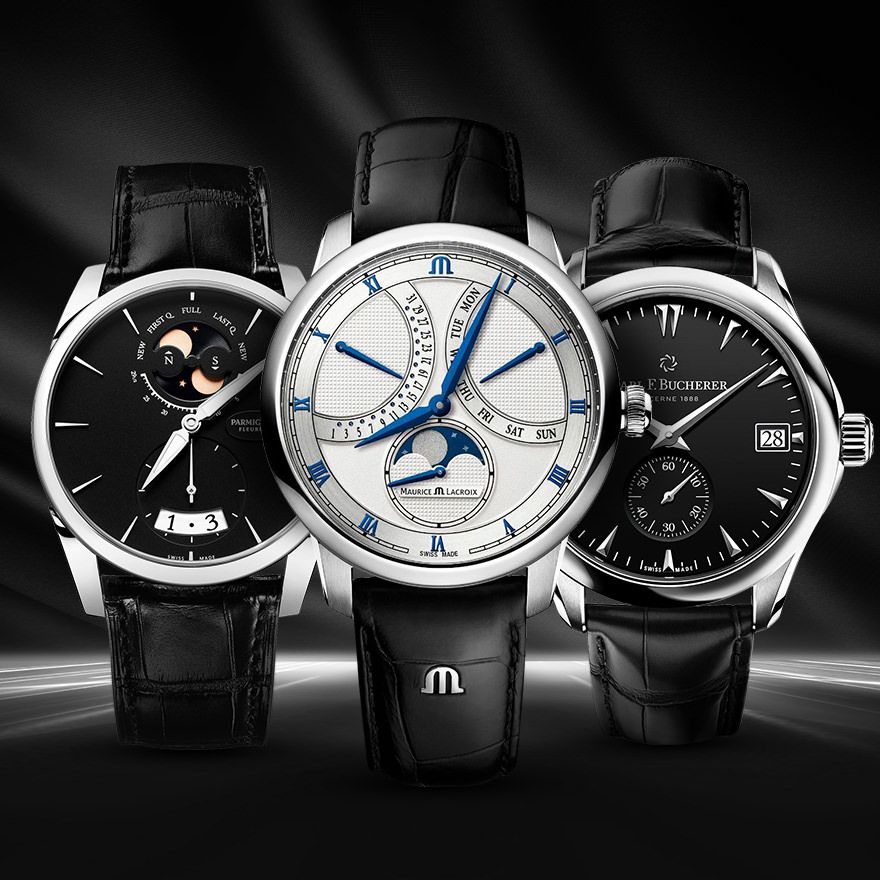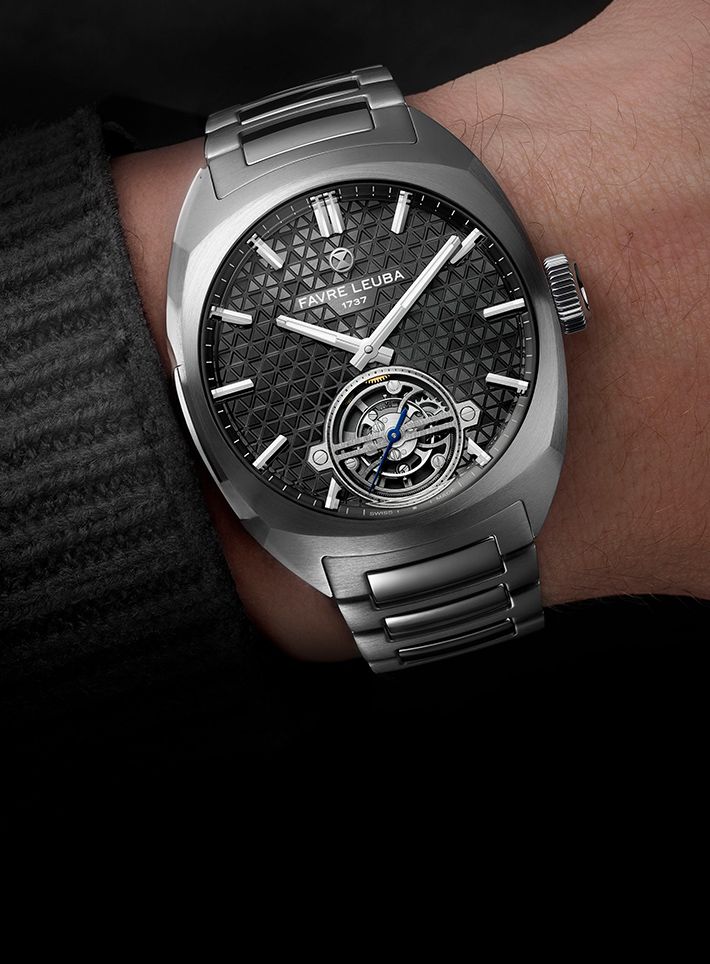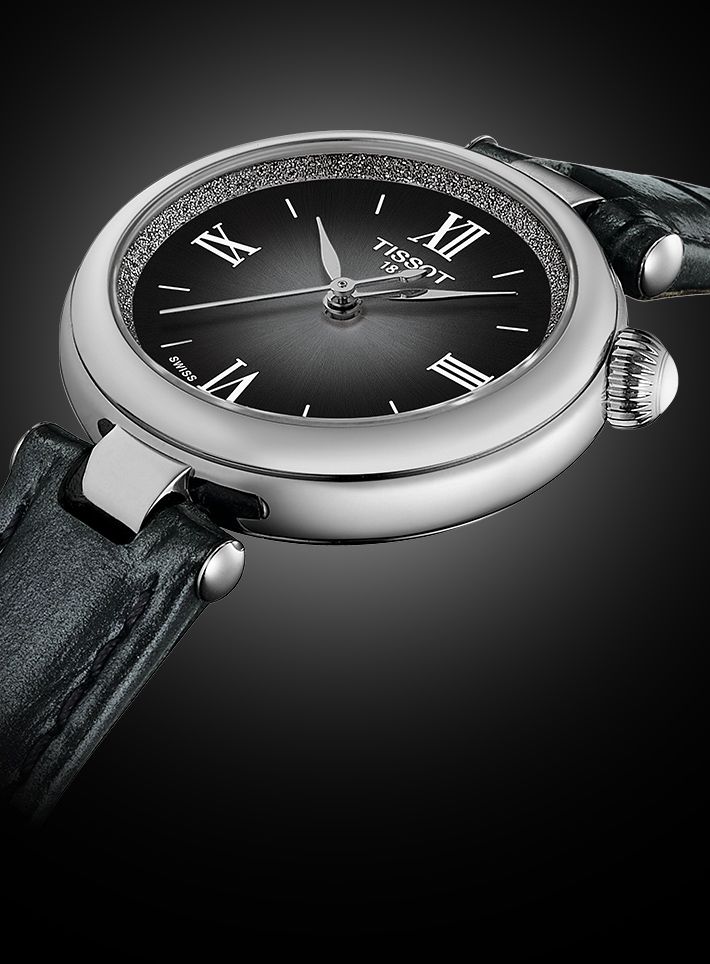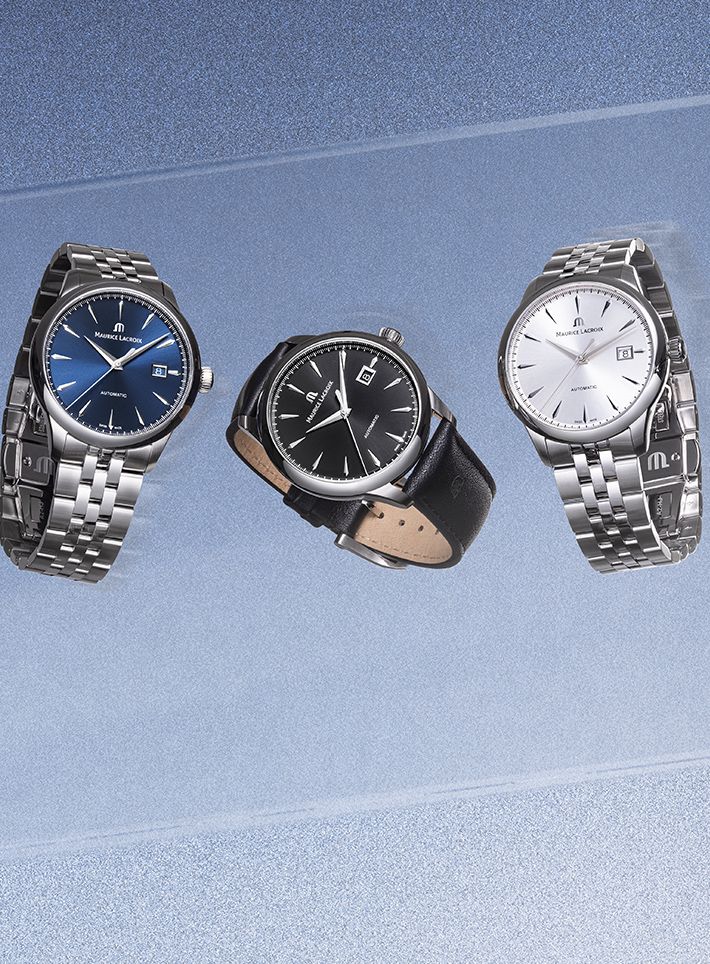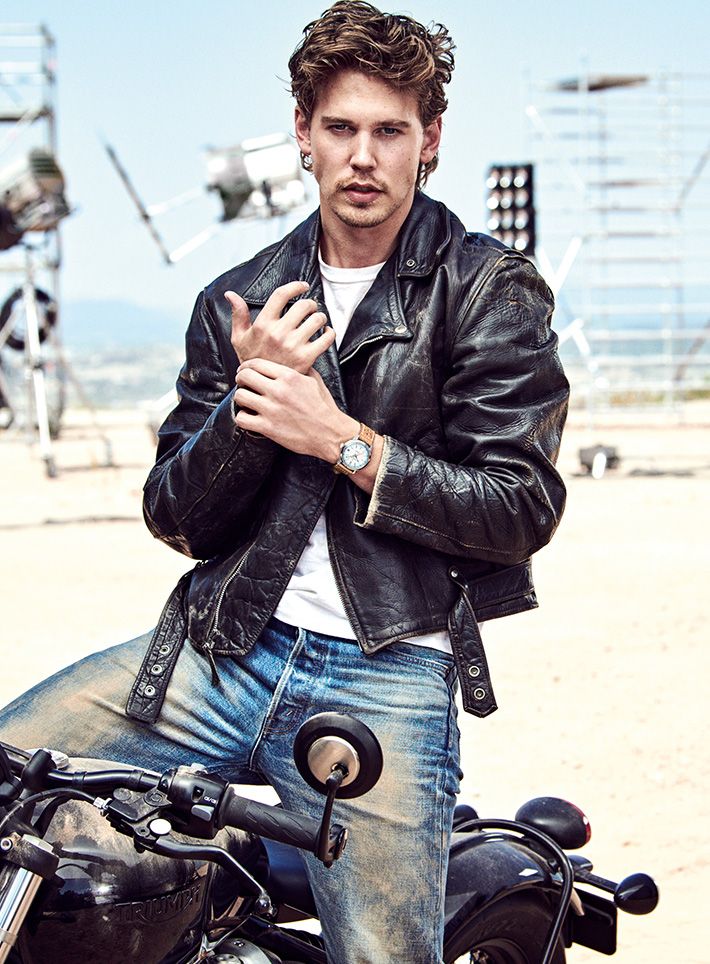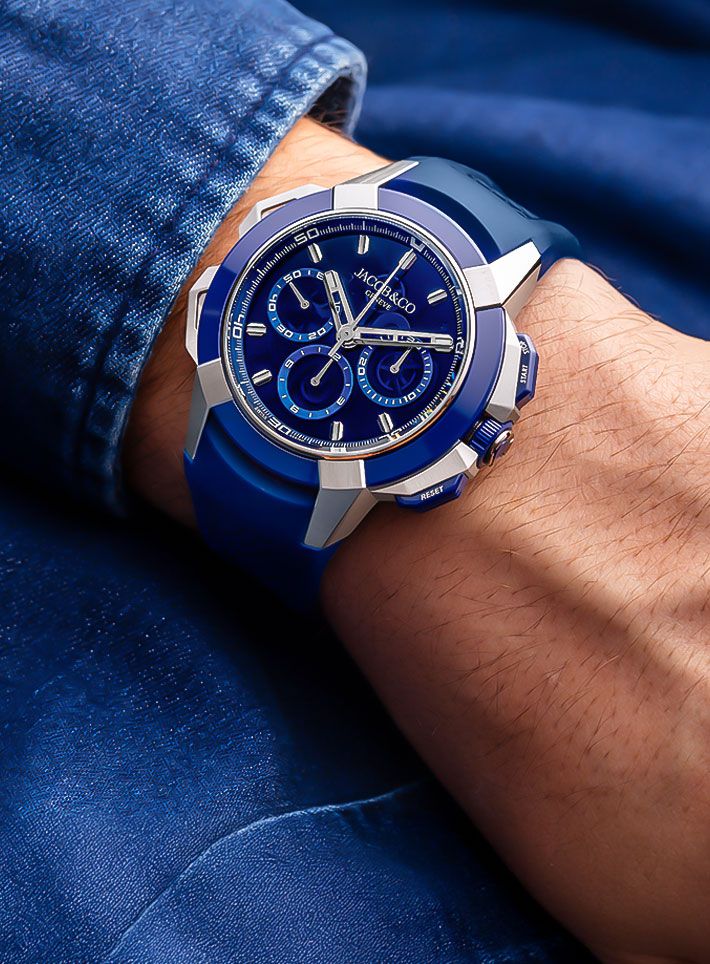FeatureTime, Speed, Legacy: TAG Heuer’s Racing Story Returns To F1
As TAG Heuer return to Formula One in 2025, they bring with them a racing legacy that transformed both watchmaking and motorsport timing
May We Recommend
TAG Heuer are coming home to Formula One. After more than a decade of Rolex’s crown adorning the world’s fastest sport, 2025 will see the Swiss watchmakers reclaim their spot as F1’s official timekeepers—a partnership that feels less like a corporate deal and more like a family reunion.
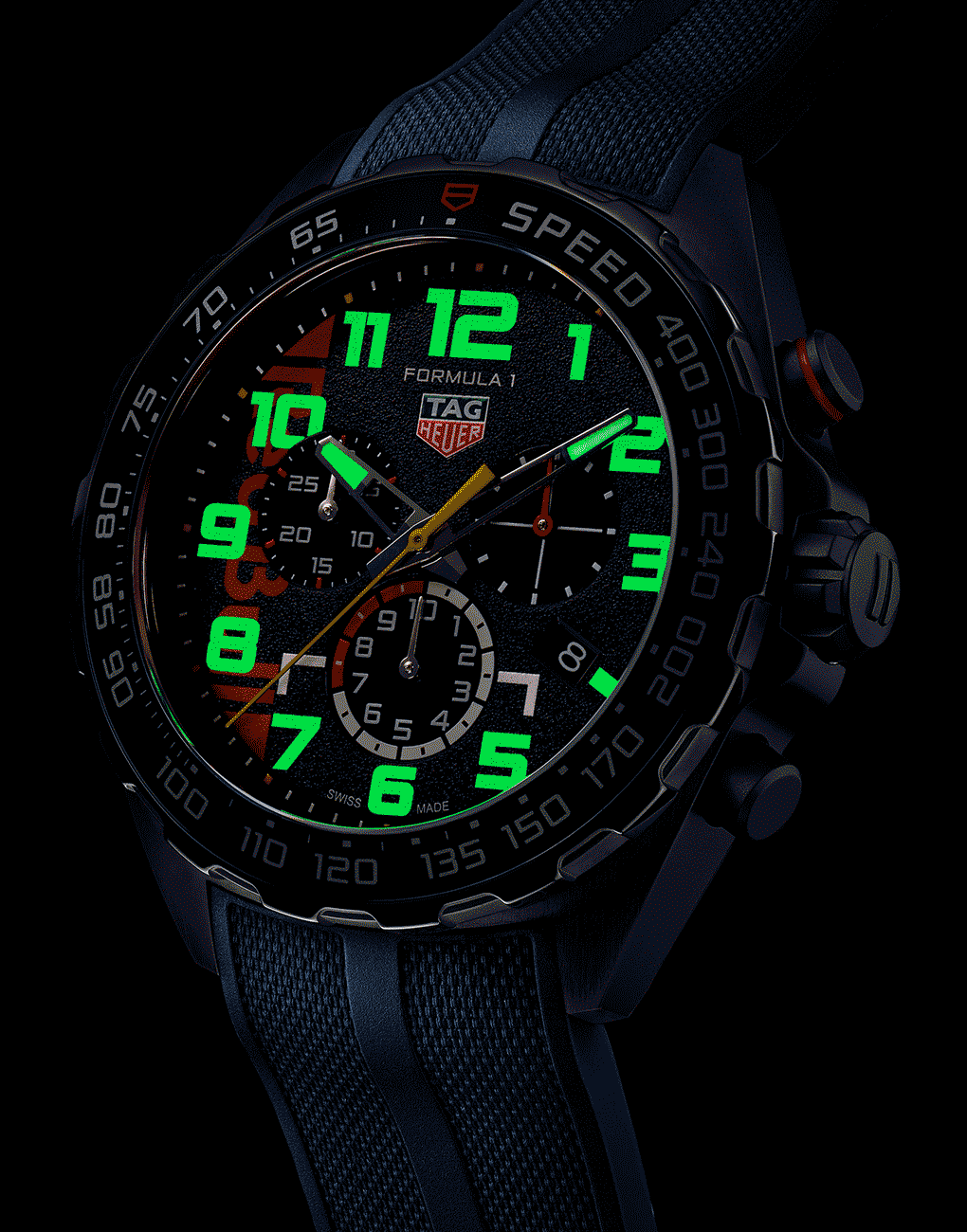
The timing couldn’t be more fitting. As F1 celebrates its 75th anniversary, it welcomes back the brand whose story is intertwined with motorsport’s golden age—from Jo Siffert selling watches in the paddock to Steve McQueen making the Monaco an icon in Le Mans. The tale began with Jack Heuer losing a rally because he couldn’t read his dashboard timer clearly enough. That frustration sparked decades of innovation.
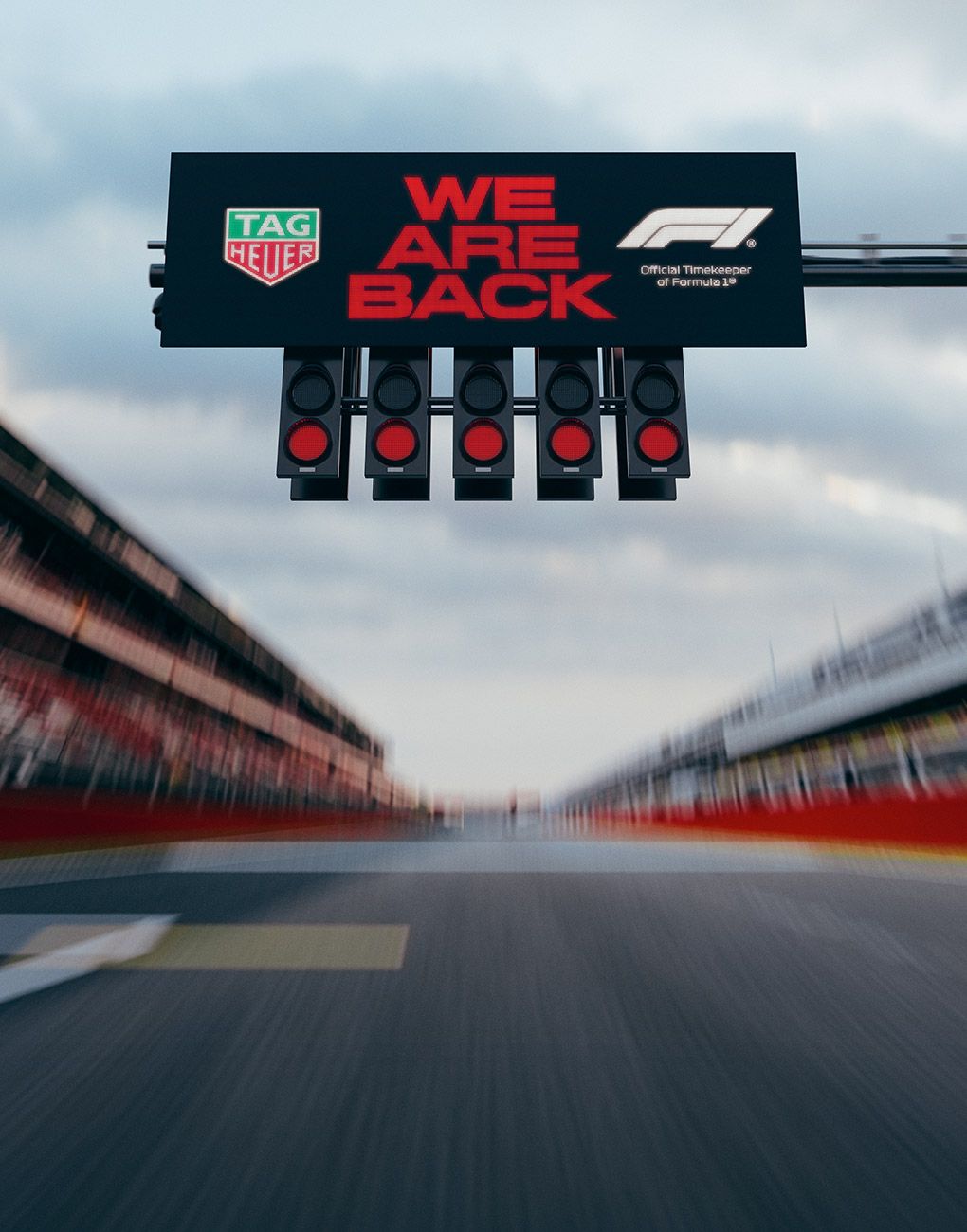
As we gear up for this renewed partnership, let’s look at the watches that have shaped racing as much as racing has shaped them.
From Workshop To Racetrack
Before the ‘TAG’ prefix arrived, Heuer were crafting timing instruments in a small Swiss workshop. In 1860, Edouard Heuer set up shop in Saint-Imier, obsessed with precision in an era when accurate timing was more of a necessity than luxury. Time-of-Trip, the company’s first dashboard chronograph in 1911, found its way into both cars and aircraft, even gracing the instrument panel of the first Zeppelin.
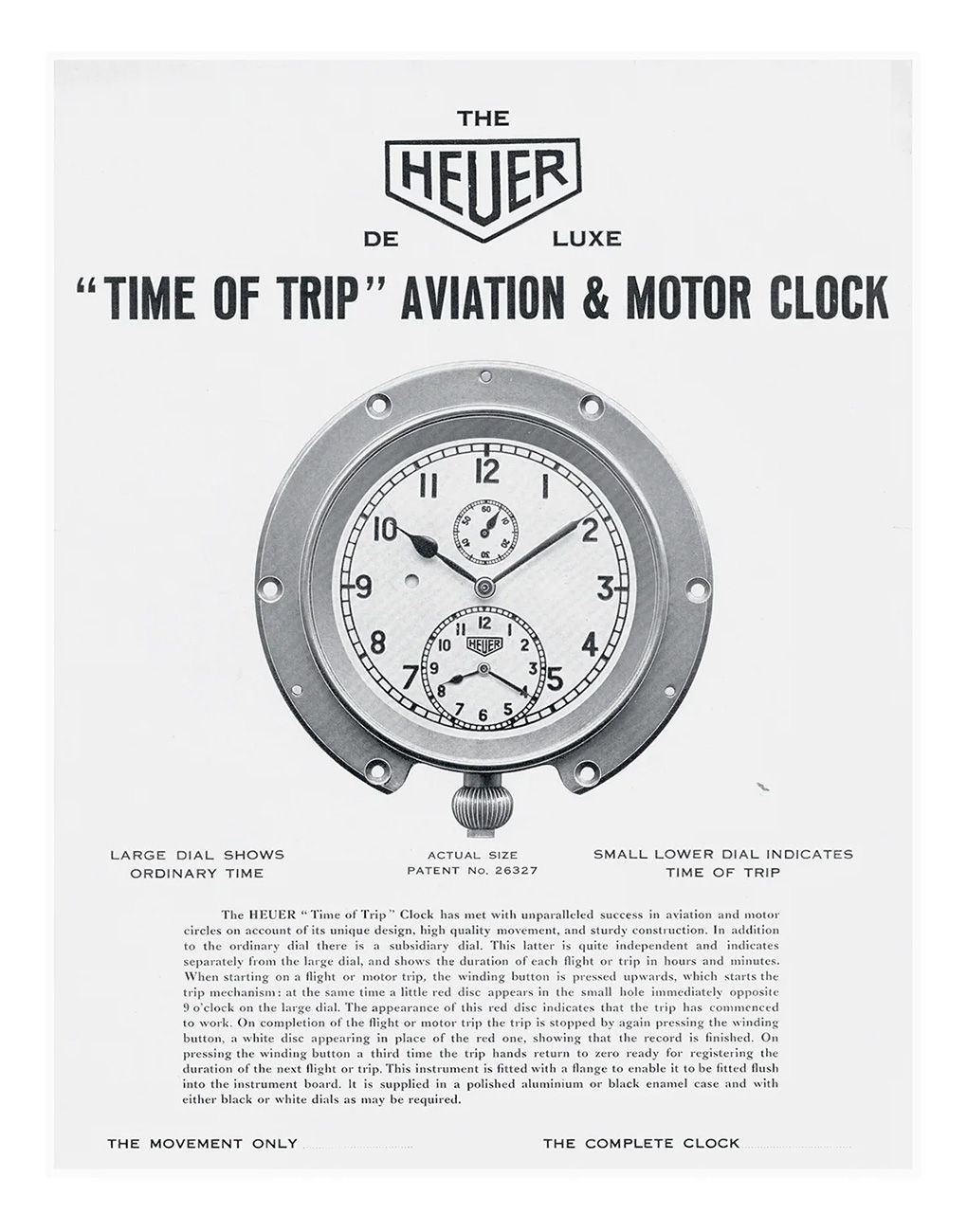
But it was a racing mishap that would shape the company’s future. In 1958, Jack Heuer, fresh out of college, participated in a Swiss rally race as co-driver. Despite leading most of the way thanks to his map-reading skills, he misread the dashboard timer by a minute, dropping them from first to third place. That error led him to develop more legible dashboard timers, kickstarting Heuer’s deep involvement with motorsport timing.
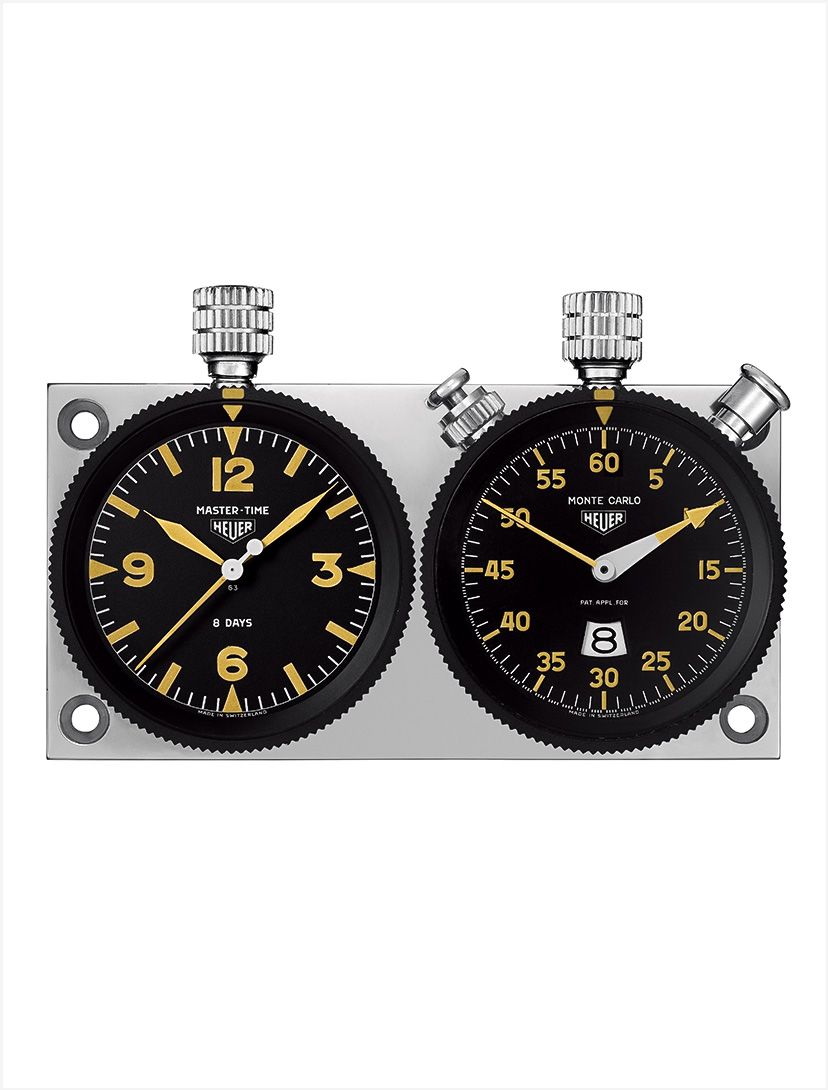
The transformation to TAG Heuer came in 1985, when Techniques d’Avant Garde (TAG) acquired a majority stake. But the racing spirit remained undiluted—if anything, it intensified. Through the decades, whether as Heuer or TAG Heuer, the brand’s relationship with motorsport transcended mere timekeeping. Its chronographs became tools of the trade, as essential to racing drivers as steering wheels and gear shifts.
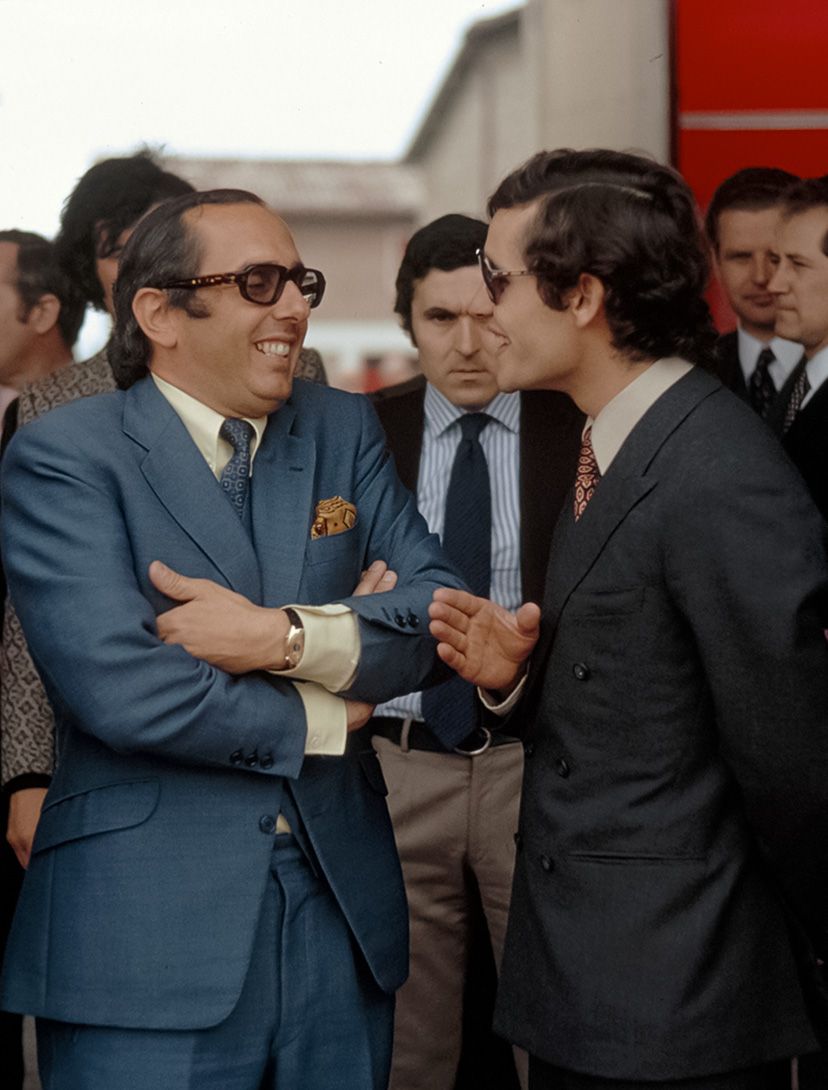
This racing DNA manifested most prominently in what collectors now call ‘The Big Three’—the Monaco, Carrera, and Autavia.
The Racing Trinity
Autavia
The Autavia came first—a portmanteau of AUTomotive and AVIAtion. Originally introduced as a dashboard chronograph in 1933, it was discontinued in the late 1950s. In 1962, Jack Heuer revived the name for a wrist chronograph—his first major product launch after a rally timing mishap. The debut Autavia wristwatch was a game-changer, featuring a rotating bezel that could track elapsed time, a second time zone (on select models), or speed calculations, making it indispensable both on the track and in the cockpit.
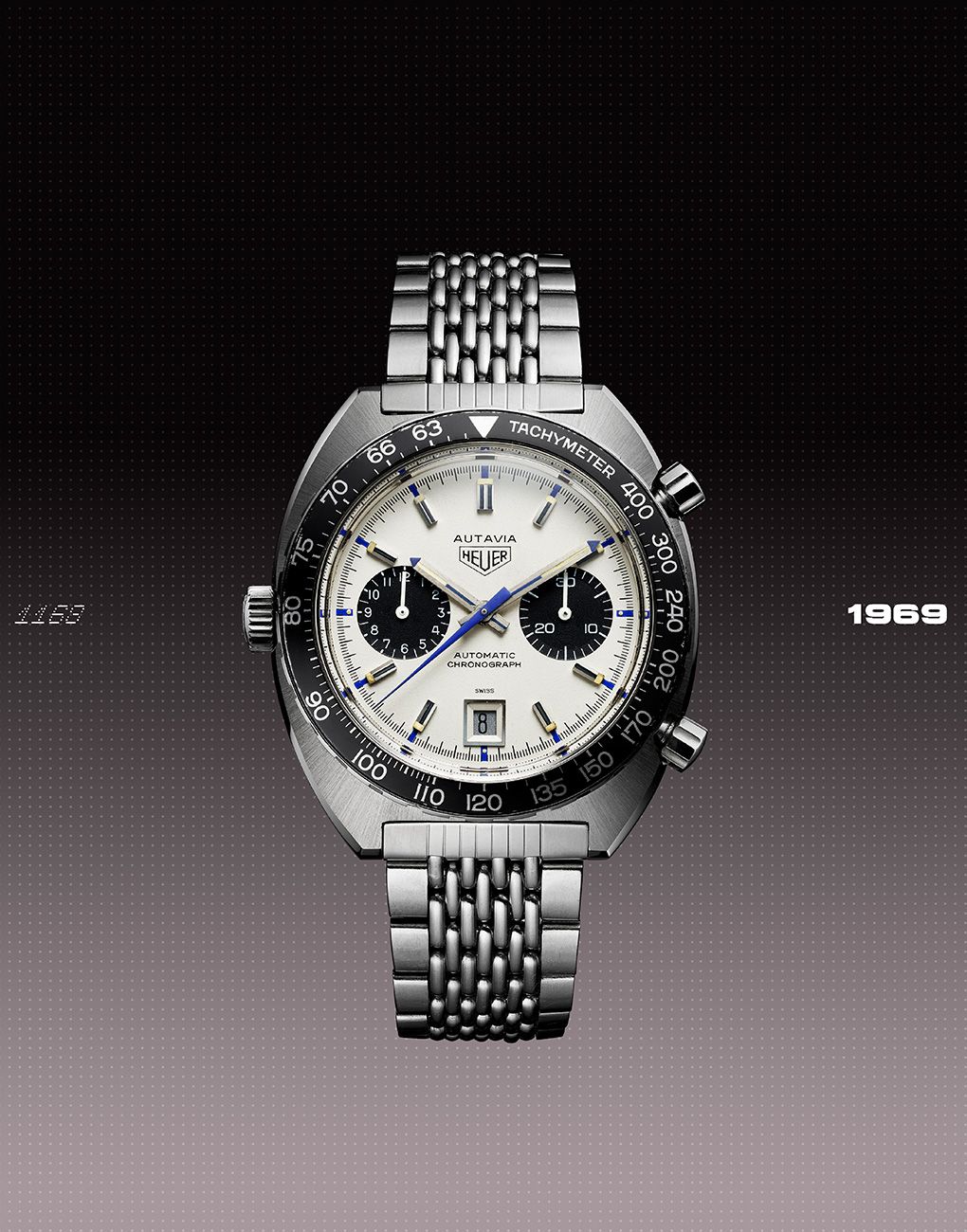
The watch found its way onto the wrists of racing royalty. Swiss driver Jo Siffert wasn’t just wearing the Autavia—he was selling them in the paddock, making him arguably the first unofficial watch ambassador in motorsport. With their distinctive blue accents and reverse panda dials, the black and white ‘Siffert’ editions are now among the most coveted vintage Heuers.

Today’s Autavia collection balances heritage with innovation. While modern versions feature a mix of ceramic, steel, and bronze bezels, they maintain the utilitarian spirit of their predecessors. Though more refined than their 1960s counterparts, they remain purpose-driven timepieces, blending vintage racing DNA with contemporary aviation-inspired elements.
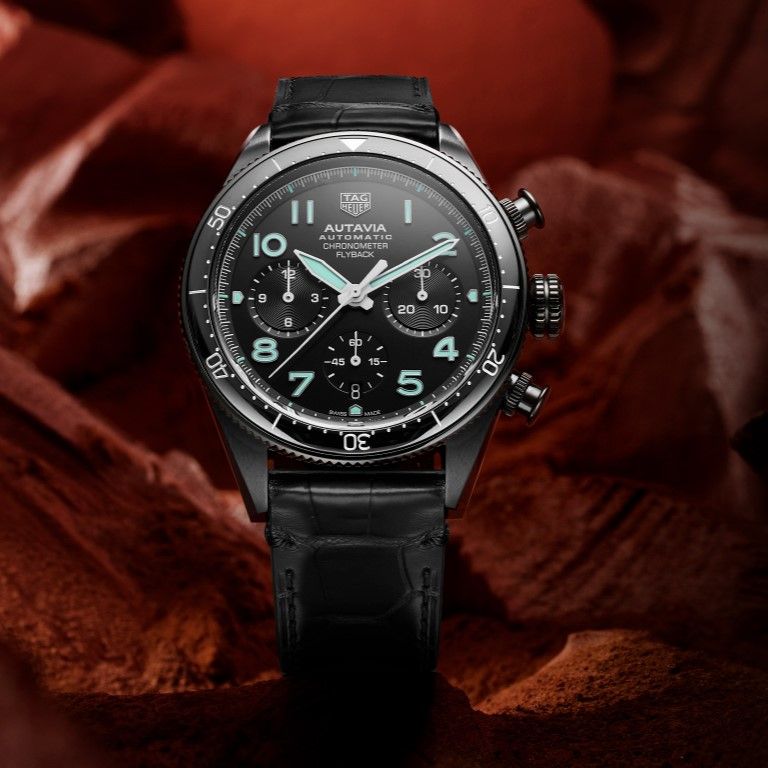
Carrera
The Carrera is perhaps TAG Heuer’s purest racing chronograph. In 1963, Jack Heuer learnt about the Carrera Panamericana—a treacherous border-to-border race through Mexico that claimed numerous lives before being shut down. The name, meaning ‘race’ in Spanish, stuck with him.
The original Carrera was a masterclass in legibility. Its clean dial, with an innovative tension ring that secured the glass and marked the minutes, made it easy to read at speed. With chronograph counters recessed in their own distinct wells, there was visual depth in the display, eliminating confusion in high-stress situations. These weren’t just design choices—they were solutions to real problems faced by racing drivers.
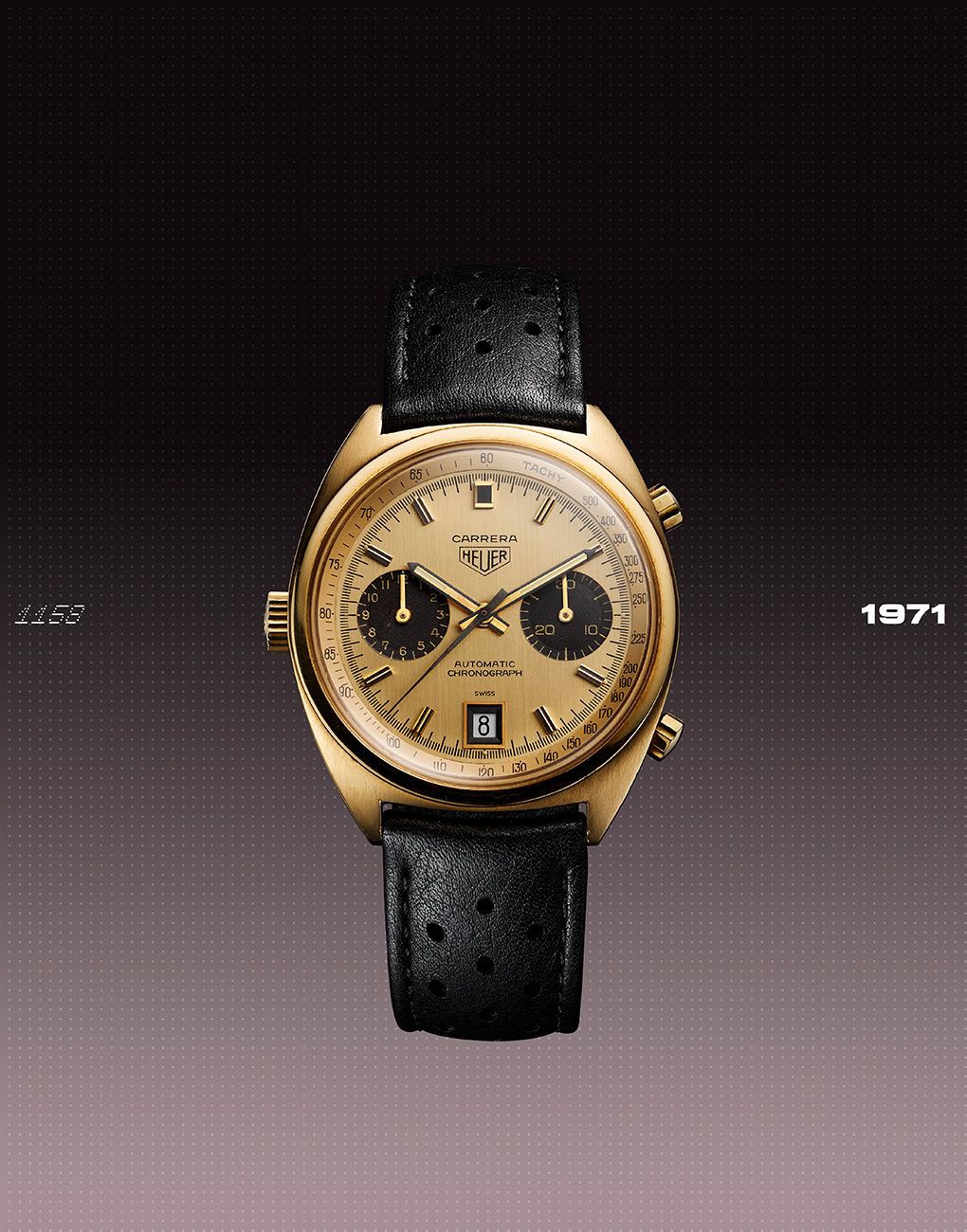
Heuer chronographs became a staple in the world of motorsport, with racing legends like Niki Lauda, Bruce McLaren, Clay Regazzoni, and Mario Andretti favouring models such as the Carrera, Autavia, and Silverstone. While the Carrera remains one of Heuer’s most iconic racing chronographs, each of these watches played a role in the golden era of Formula One timing.
Modern Carreras range from heritage-inspired chronographs to avant-garde designs with skeletonised dials and carbon cases. The racing versions, with their tri-compax layout and tachymeter scales, remain closest to Jack’s original vision—chronographs built for the racetrack, even if they spend more time in the city.
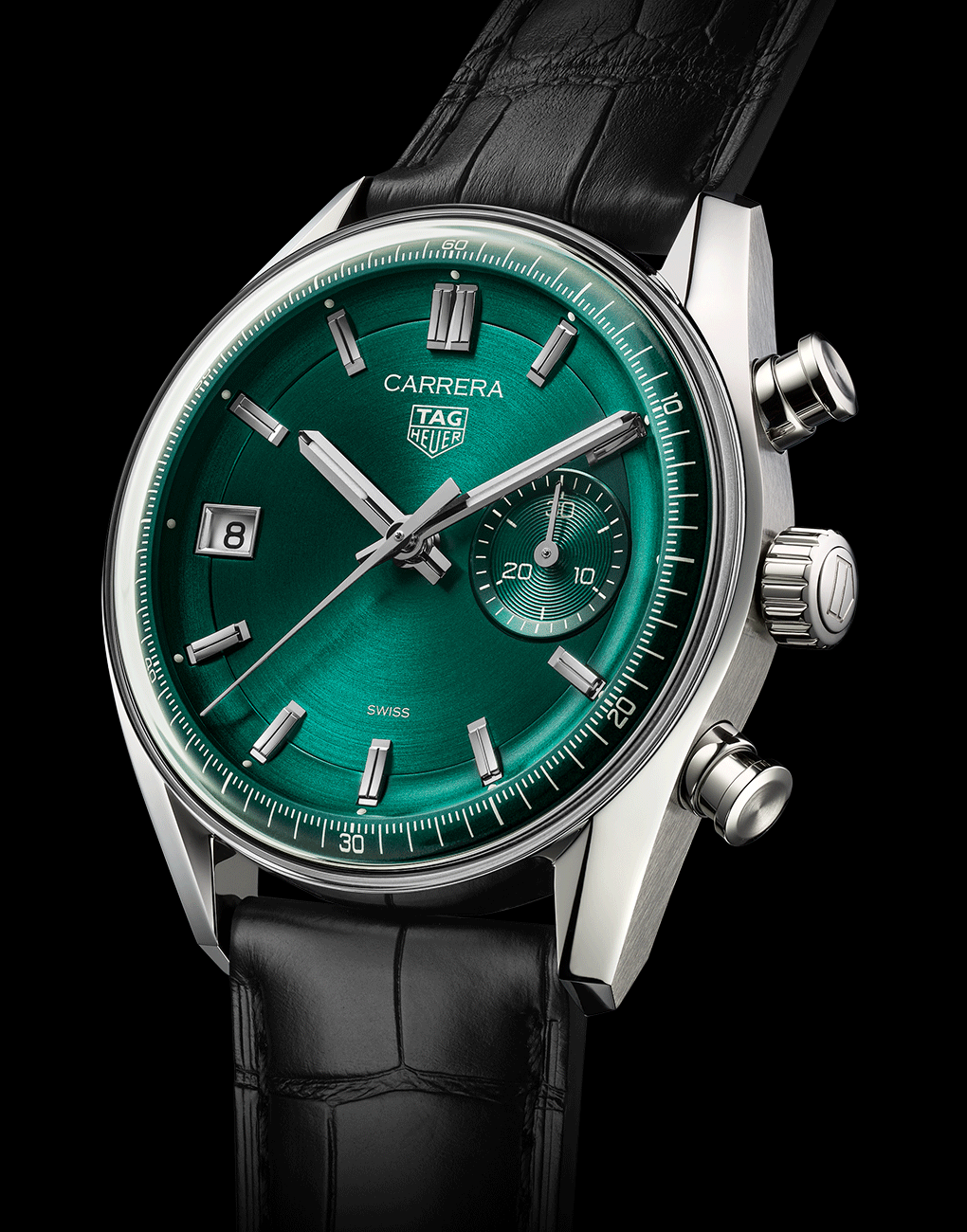
Monaco
The Monaco stands apart—even today, there’s nothing quite like it. In 1969, when round watches ruled the world, Heuer dropped a bombshell: a square, water-resistant chronograph housing the groundbreaking calibre 11. That crown on the left side? It was Jack Heuer’s way of making a statement about the automatic movement inside—you didn’t need to wind it anymore.
Steve McQueen wore it in ‘Le Mans’ and made it legendary, but the Monaco earned its racing stripes long before Hollywood. The original Monaco housed one of the first automatic chronograph movements ever made—developed in collaboration between Heuer, Breitling, and Hamilton-Buren.
Modern Monacos stay faithful to their rebel spirit. The Gulf editions, with their iconic blue and orange racing stripes, remain among the most coveted, linking directly to motorsport’s golden age. While newer versions experiment with materials and finishes, the square case remains untouchable.
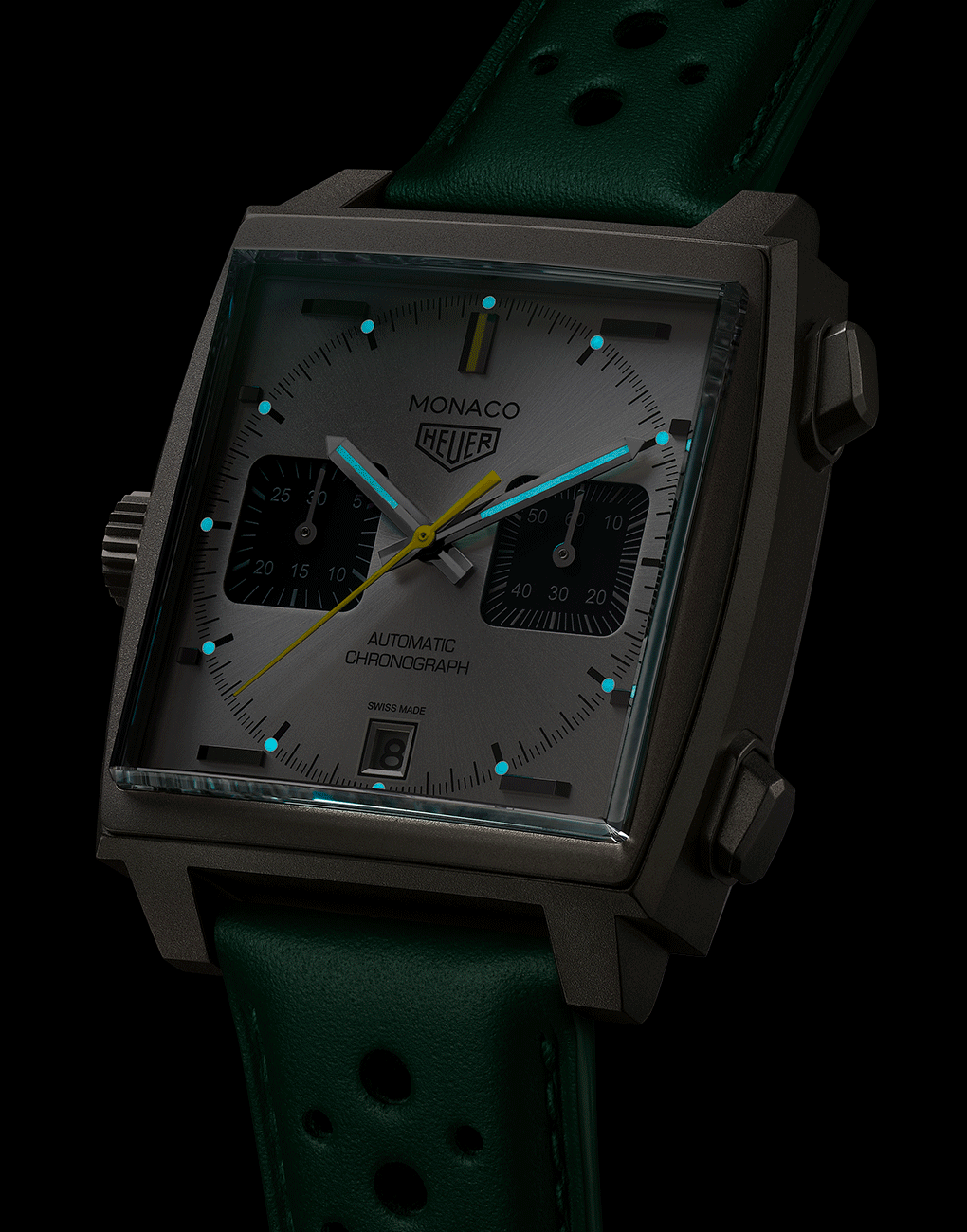
Formula 1: From Fibreglass To Titanium
The Formula 1 collection, launched in 1986, was TAG Heuer’s first complete line under their new identity. While the watchmaking world was firmly in love with mechanical movements, TAG Heuer took a different route with quartz-powered chronographs built for the rigours of racing.
Early Formula 1 models became unexpected hits in the paddock—their fibreglass-coated cases and bright colours stood out in an era when racing was becoming more professional but hadn’t lost its sense of fun. The collection mirrored Formula One’s evolution through the decades: as the sport became more technical, so did the watches.
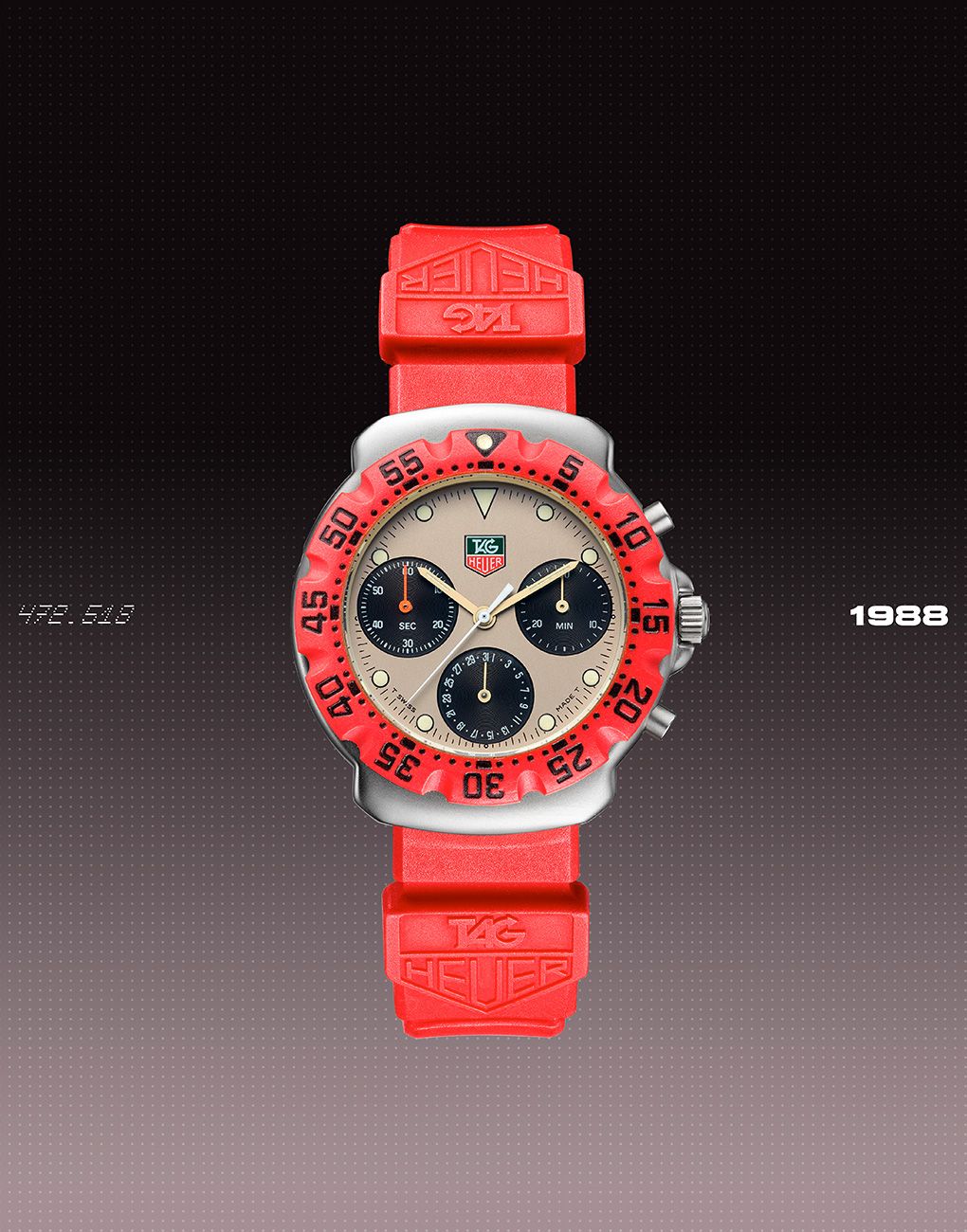
Today’s Formula 1 chronographs still carry that racing DNA, though with decidedly more refined materials. The tachymeter bezels are a nod to the days when mechanics actually used them to calculate speed. Special editions have celebrated drivers and constructors, from Red Bull Racing’s azure-dialled variants to Senna’s trademark red accents.
At LVMH Watch Week 2025, TAG Heuer showcased four new models in titanium—a material choice that makes sense for a racing watch. The 44mm chronographs feature tachymeter bezels with aluminium inserts and dials with ‘running track’ indices. The colours—electric blue, lime green, and red—take inspiration from night races, while the sculpted pushers and 200m water resistance make these watches more capable than ever.
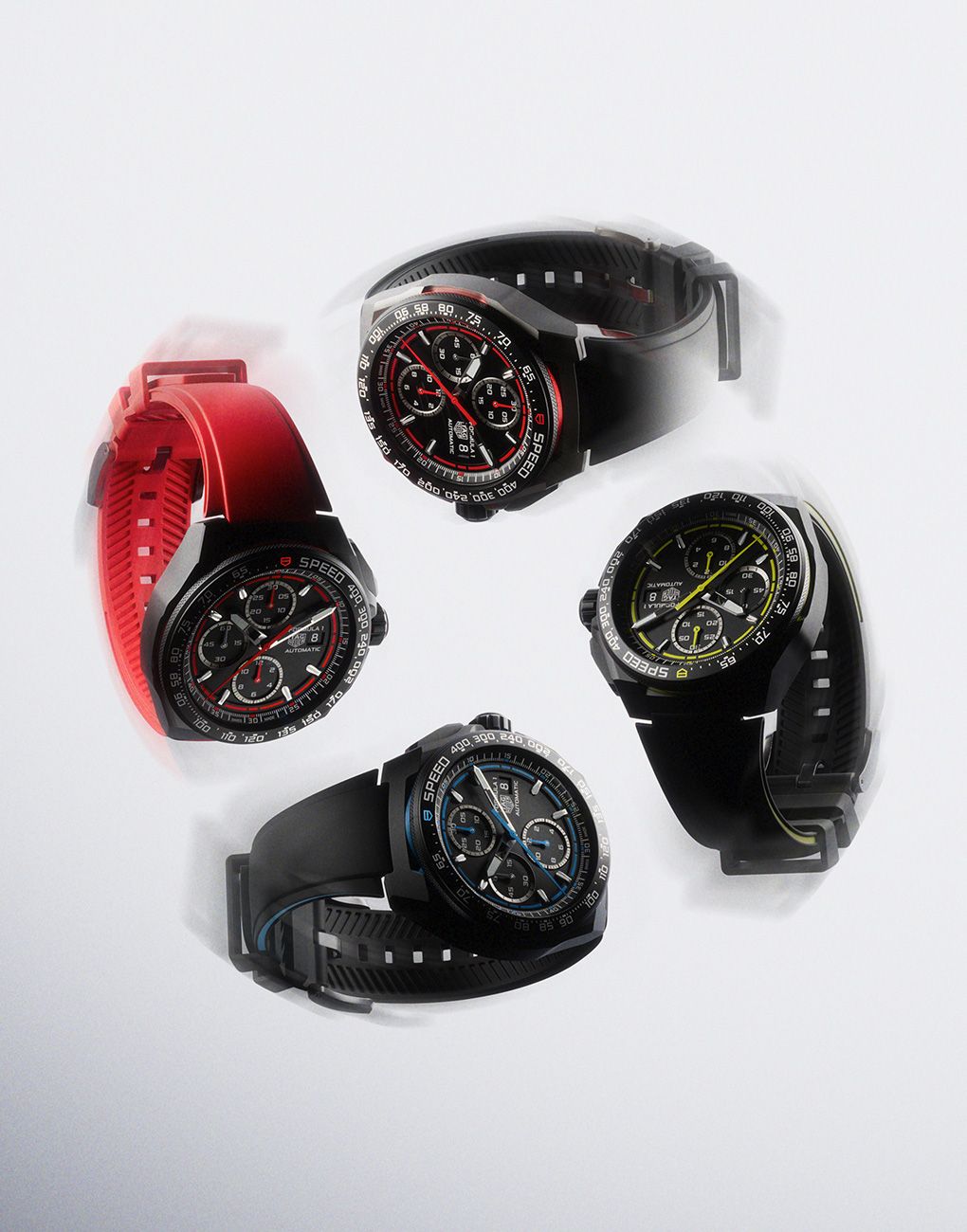
Full Circle
TAG Heuer’s return to Formula One in 2025 brings their story full circle. While they never truly left motorsport, this official partnership signals new intent. The brand plans to expand its racing-inspired collections, though specific details remain private for now.
The Monaco, Carrera, and Autavia will keep evolving, but it’s TAG Heuer’s ability to capture modern motorsport that makes 2025 interesting. F1 is changing—hybrid engines, new regulations, fresh faces on the grid. For a brand that turned dashboard chronographs into wrist-worn racing tools, there’s plenty of room for innovation.
When the lights go out for the first race of 2025, TAG Heuer will be back where they belong—timing the fastest sport on Earth. Some partnerships just make sense.
